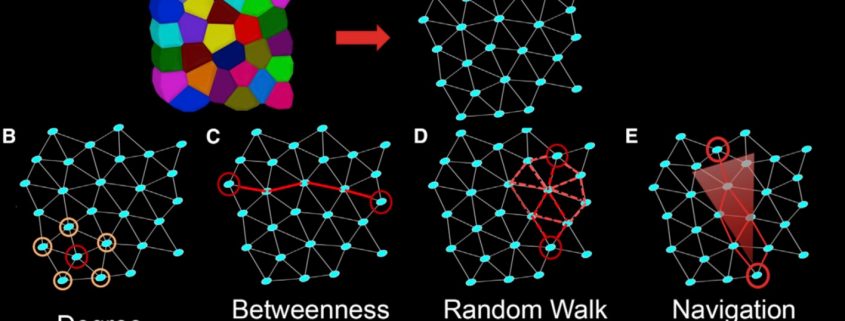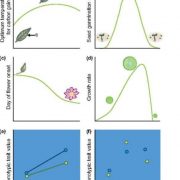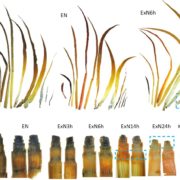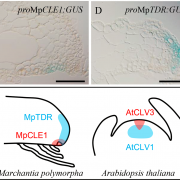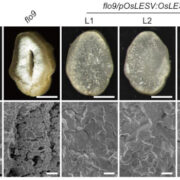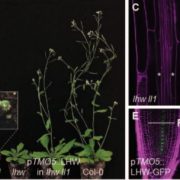Review. Multicellular systems biology: Applying network science to plant organ patterning and function (Mol Plant)
I really enjoyed this review article, which very successfully introduces the reader to the why and how of how to apply network science to plant science. Bassel never veers off into abstraction or “math-speak”, but instead roots his explanations in familiar biological or ordinary terms. As an example, he describes a structural network as a train route map, but one that does not indicate how often or how fast trains run on each track; incorporating these inputs leads to a functional network. Similarly, a carefully drawn diagram of cells is greatly more useful when it incorporates information about their connectivities, in terms of plasmodesmata and transporters. He then further cements our understanding of the “connectionist approach” through a set of case studies, showing it can be applied to a deeper understanding of various organs: hypocotyl, embryo, and shoot apical meristem. Given that plants cells function in accordance with their position and the activities of their neighbors, the methods described here can help us experience a “cell’s-eye view” and a greater appreciation of how a cell perceives its environment. (Summary by Mary Williams) Mol. Plant 10.1016/j.molp.2019.02.004 For more on the tools and methods that underpin this type of analysis, see Plant Methods 10.1186/s13007‑019‑0413‑0


